Top 10 Podiatrist-Recommended Socks for Foot Health
Did you know that the average person takes about 5,000 to 7,000 steps a day? With each step, your feet need the right support and care. Podiatrists recommend specific types of socks to keep your feet healthy and comfortable. From moisture-wicking materials to seamless designs, these socks can make a significant difference in your daily comfort and foot health.
Key Takeaways
- Choose socks recommended by podiatrists: Prioritise socks that podiatrists suggest as they focus on foot health.
- Look for key features in socks: Opt for socks with cushioning, arch support, and seamless toes for foot comfort.
- Select appropriate sock materials: Pick socks made of moisture-wicking fabrics like merino wool or synthetic blends to keep feet dry.
- Prioritise moisture control: Opt for socks that manage moisture to prevent blisters and fungal infections.
- Match socks to activities: Select socks tailored to specific activities like running, hiking, or everyday wear for optimal performance.
- Ensure comfort and fit: Pay attention to the fit of socks to avoid bunching or tightness that can lead to discomfort.
Podiatrist Sock Recommendations
Personalised Advice
Consult podiatrists for personalised sock recommendations tailored to your foot type and activity level. They can provide valuable insights into the best materials, styles, and features that will suit your specific needs. By seeking professional advice, you can ensure that you choose socks that promote foot health and overall comfort.
Cushioning and Support
Prioritise socks that offer adequate cushioning and support to enhance comfort during prolonged wear. Look for socks with extra padding in the heel and ball of the foot to reduce impact and prevent blisters. Opt for seamless designs to minimise friction and irritation, especially if you have sensitive skin or are prone to chafing.
Endorsed Brands
Seek out brands endorsed by podiatrists for assurance of quality and effectiveness. These brands have undergone rigorous testing to ensure that their socks meet the highest standards of foot care. Look for features such as arch support, moisture-wicking properties, and ergonomic design to keep your feet dry, comfortable, and well-supported throughout the day.
Key Features of Healthy Socks
Seamless Construction
Selecting quality walking socks with seamless construction is crucial as it helps minimise friction, reducing the risk of blisters. The absence of seams along the toes and heels prevents rubbing against the skin, enhancing overall comfort during extended wear.
Opting for clean socks without bulky seams can significantly benefit individuals prone to skin irritation or those with sensitive skin. By eliminating potential pressure points, seamless socks offer a smooth surface that reduces the likelihood of chafing and discomfort, promoting healthier feet.
Adequate Arch Support
Choosing socks with adequate arch support is essential for maintaining proper foot alignment and reducing strain on the feet. Socks quality that feature targeted arch compression can help alleviate common foot conditions like plantar fasciitis and provide added stability and cushioning for enhanced comfort.
Incorporating regular socks with arch support into your daily footwear routine can contribute to better posture and prevent foot fatigue. The right amount of support under the arches promotes even weight distribution, reducing the risk of overpronation and enhancing overall foot health.
Breathable Fabrics
When selecting socks, prioritise those made from breathable fabrics such as cotton or moisture-wicking materials like nylon. These clothing fibers allow for optimal air circulation around the feet, preventing excessive sweating and odour buildup while promoting a dry and comfortable environment.
Opting for socks that promote breathability is particularly beneficial during physical activities or in warm weather conditions. Breathable fabrics help regulate temperature, keeping feet cool and dry to prevent fungal infections and maintain healthy skin integrity.
Understanding Sock Materials
Natural vs. Synthetic
When it comes to sock materials, understanding the difference between natural and synthetic options is crucial. Natural materials like wool are known for their breathability and moisture-wicking properties, making them ideal for keeping feet dry and comfortable. On the other hand, synthetic materials such as polyester and nylon offer durability and are often blended with natural fibres to enhance performance.
Wool for Moisture-Wicking
Wool, a popular natural material used in socks, is favoured by podiatrists for its exceptional moisture-wicking properties. This means that wool can effectively absorb moisture from your skin, keeping your feet dry and preventing issues like blisters and fungal infections. Wool is excellent for thermal regulation, meaning it can help keep your feet warm in cold weather and cool in hot conditions.
Synthetic Blends for Durability
When looking for socks that offer both comfort and durability, consider synthetic blends. These socks typically combine synthetic fibres like polyester or nylon with natural materials to create a sock that is durable and can withstand the rigours of daily wear or specific activities like running or hiking. The blend of materials ensures that the socks maintain their shape and strength even after repeated use.
Moisture Control in Socks
Fabric Technologies
Breathable socks are designed with advanced moisture management technologies to keep feet dry and comfortable. These socks often incorporate wool content or synthetic fabrics with wicking capabilities to draw moisture away from the skin.
Effectiveness of Fabric Blends
- Wool socks are known for their exceptional moisture-wicking properties, making them ideal for active individuals.
- Cotton socks, although comfortable, tend to retain moisture, leading to potential skin irritation and odour issues.
Preventing Foot Issues
Proper moisture control in socks is crucial for preventing fungal infections and other foot-related problems. Socks with high water absorbency can help maintain healthy feet by keeping them dry.
Pros and Cons of Various Sock Types
- Cushion socks: Provide extra padding and comfort but may trap moisture if not designed for moisture control.
- Compression socks: Aid in circulation but require careful selection to ensure moisture-wicking properties.
Optimal Socks for Activities
Tailored Selection
When choosing athletic socks, it is crucial to consider the specific activity you will be engaging in. High-performance socks are designed to cater to different needs, whether it's running, hiking, or everyday wear. For instance, athletic compression run socks provide targeted support and compression for runners, enhancing performance and reducing fatigue.
Importance of Thickness and Cushioning
The thickness and cushioning of socks play a vital role in ensuring comfort and preventing injuries during physical activities. Cushioned walking socks are ideal for long walks or hikes as they offer extra padding to protect your feet from impact. On the other hand, wool performance socks provide insulation and moisture-wicking properties, keeping your feet dry and comfortable in various conditions.
Specialised Designs for Varied Conditions
For outdoor enthusiasts, having versatile socks that can adapt to different terrains and weather conditions is essential. Wool blend socks are perfect for colder climates, as wool naturally regulates temperature and provides warmth even when wet. Conversely, performance socks with moisture-wicking technology are ideal for hot environments or intense workouts, keeping your feet cool and dry.
Pros and Cons of Different Socks:
- Pros:
- Enhanced performance and comfort tailored to specific activities.
- Protection against injuries through appropriate cushioning and support.
- Versatility in adapting to various weather conditions and terrains.
- Cons:
- Specialised socks may come at a higher price point compared to traditional socks.
- Some high-performance options like Lululemon socks may be more expensive but offer exceptional durability and comfort.
Comfort and Fit Insights
Foot Size
Measuring foot size accurately is crucial for finding the best socks according to podiatrists. A proper fit ensures maximum comfort, reduces the risk of blisters, and enhances overall foot health.
When selecting socks, individuals should pay attention to sizing charts provided by manufacturers. These charts typically correlate foot length with sock size, ensuring a snug yet comfortable fit that promotes circulation and prevents constriction.
Elasticity and Stretch
Testing socks for elasticity and stretch is essential to prevent slipping or bunching during wear. Socks with adequate elasticity conform to the foot's shape without being too tight, providing a secure fit that stays in place throughout the day.
To assess elasticity, gently stretch the sock fabric around the cuff and toe areas. The fabric should bounce back to its original shape without losing elasticity, indicating durability and long-lasting wear.
Sock Length
Consider the length of the sock based on personal preference and activity level. Ankle socks are ideal for low-cut shoes or warmer climates, providing breathability and freedom of movement. Crew socks offer additional coverage and protection for various activities, while knee-high socks provide extra warmth and support during colder seasons or intense workouts.
When choosing sock length, individuals should also consider their shoe type and style. For example, knee-high socks pair well with boots or high-top sneakers, offering both fashion appeal and functional benefits such as added warmth and padding.
Research on Sock Performance
Impact of Sock Material
Sock textile research has shown that the material composition significantly affects foot health and performance. Synthetic socks, such as those made from polyester or nylon, are known for their moisture-wicking properties, keeping the feet dry and reducing the risk of blisters.
Studies have demonstrated that synthetic socks outperform traditional cotton socks in terms of breathability and durability. Podiatrists recommend synthetic socks for athletes and individuals with foot conditions due to their ability to maintain a dry environment, preventing fungal infections and discomfort.
Sock Design Influence
Research indicates that the design of a sock plays a crucial role in blister prevention and overall comfort. Sock fit is essential, as a snug yet comfortable fit can reduce friction and prevent blisters. Seamless toe closures and cushioned soles are features that enhance comfort and reduce pressure points.
Podiatrists emphasise the importance of selecting socks with adequate padding in high-impact areas to absorb shock and protect the feet during physical activities. Proper arch support and a secure cuff that prevents slipping contribute to overall foot stability and comfort.
Innovations in Sock Technology
The field of sock technology continues to evolve, with brands introducing innovative features to enhance athletic performance. Moisture-wicking fabrics, compression zones, and targeted cushioning are among the advancements aimed at improving comfort and reducing fatigue during prolonged wear.
Athletic socks now incorporate specialised zones for ventilation, moisture management, and support to address specific needs related to different sports activities. These advancements not only enhance performance but also contribute to overall foot health by minimising the risk of injuries associated with repetitive motion.
Best Practises for Sock Use
Rotate Socks
Rotate socks regularly to maintain hygiene and prolong their lifespan. By alternating between different pairs, you allow each pair to air out and reduce the buildup of bacteria and odour. This practice also helps prevent excessive wear on specific socks, extending their usability.
Washing Instructions
Follow the manufacturer's instructions when washing your socks to preserve their moisture-wicking properties. Using the correct temperature and detergent ensures that the socks retain their ability to keep your feet dry and comfortable throughout the day. Avoid using harsh chemicals that could damage the fabric or affect their performance.
Prompt Replacement
Replace worn-out socks promptly to avoid discomfort and foot health issues. Worn-out socks can lose their cushioning and support, leading to blisters, calluses, or even more serious foot problems. Investing in high-quality socks and replacing them when signs of wear appear is essential for maintaining foot health.
Types of Socks for Foot Health
Therapeutic Socks
Therapeutic socks cater to individuals with specific foot conditions, such as diabetes or arthritis. These socks are specially designed to provide extra cushioning and support where needed. They often feature seamless construction to prevent rubbing and irritation, reducing the risk of blisters and sores. For those with sensitive feet, therapeutic socks offer a comfortable and protective solution.
Compression Socks
Compression socks are known for their ability to improve circulation and reduce swelling in the feet and lower legs. By applying gentle pressure to the legs, these socks help enhance blood flow back to the heart, preventing fluid buildup and reducing discomfort. Athletes and frequent travellers often benefit from wearing compression socks to alleviate muscle fatigue and prevent swelling during long periods of sitting or standing.
Diabetic Socks
Diabetic socks are specifically designed for individuals with diabetes who have sensitive feet or circulatory issues. These socks are typically seamless to prevent friction that could lead to ulcers or blisters. They also offer extra padding in key areas to protect the feet from pressure points. Moreover, diabetic socks are made from materials that wick away moisture, helping to keep the feet dry and reduce the risk of fungal infections.
Benefits of Specialised Socks
- Improved Circulation: Compression socks promote better blood flow, reducing the risk of conditions like deep vein thrombosis.
- Enhanced Comfort: Therapeutic socks provide additional cushioning and support, ideal for those with foot ailments.
- Preventative Care: Diabetic socks help minimise the chances of skin irritations and infections due to their moisture-wicking properties.
Closing Thoughts
In summary, by following podiatrists' recommendations for the best socks and understanding key features like materials, moisture control, and fit, you can optimise foot health and comfort in various activities. Research supports the importance of choosing the right socks for overall foot well-being, highlighting the significance of practising good sock habits for your feet.
For healthier and happier feet, remember to invest in quality socks that align with podiatrists' suggestions and your specific needs. Your feet deserve the best care, so make informed choices when selecting socks to support their health and ensure your overall well-being. Take these insights on board and step into a more comfortable future for your feet.
Frequently Asked Questions
What are the key features of healthy socks?
Healthy socks should have cushioning to protect the feet, seamless toes to prevent irritation, moisture-wicking properties, arch support, and a snug but not tight fit for optimal comfort and support.
How do I choose the right sock material for foot health?
Opt for natural materials like cotton or merino wool for breathability, moisture control, and comfort. Avoid synthetic fabrics that can trap moisture and cause odour. Look for antimicrobial properties to prevent bacterial growth.
Can socks impact moisture control for foot health?
Yes, socks play a crucial role in moisture control by wicking away sweat from the skin, preventing blisters and fungal infections. Choose moisture-wicking materials like merino wool or bamboo to keep your feet dry and healthy.
Which types of socks are best suited for different activities?
For sports, opt for cushioned socks with arch support. Hiking requires moisture-wicking and blister prevention. Everyday wear should focus on comfort and breathability. Compression socks are ideal for circulation during long periods of sitting or standing.
What are the best practices for maintaining foot health with socks?
Rotate your socks daily to prevent bacterial growth, wash them in warm water with mild detergent, avoid bleach or fabric softeners, air dry them to maintain shape and elasticity, trim toenails properly to prevent damage to the sock fabric.




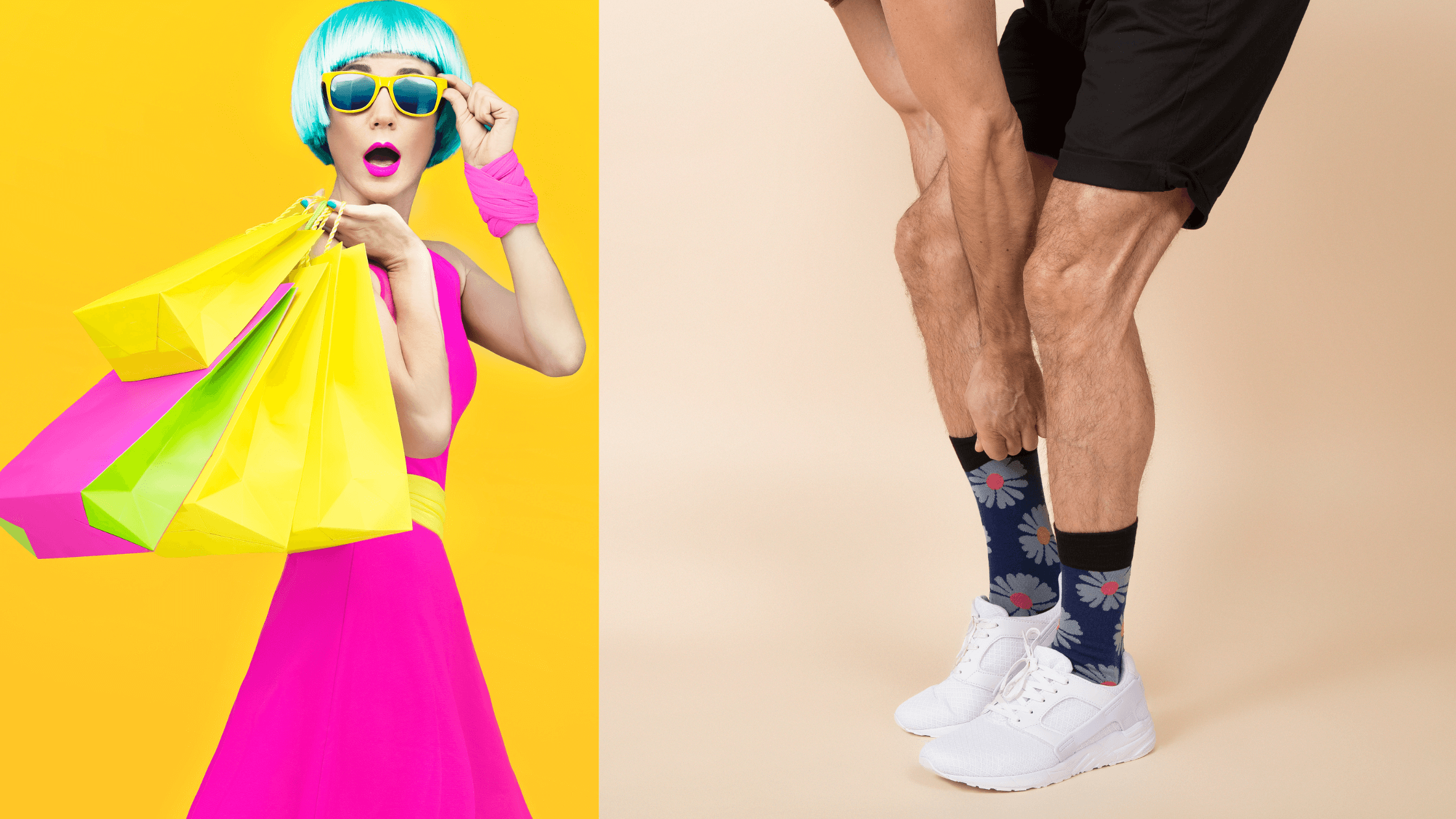
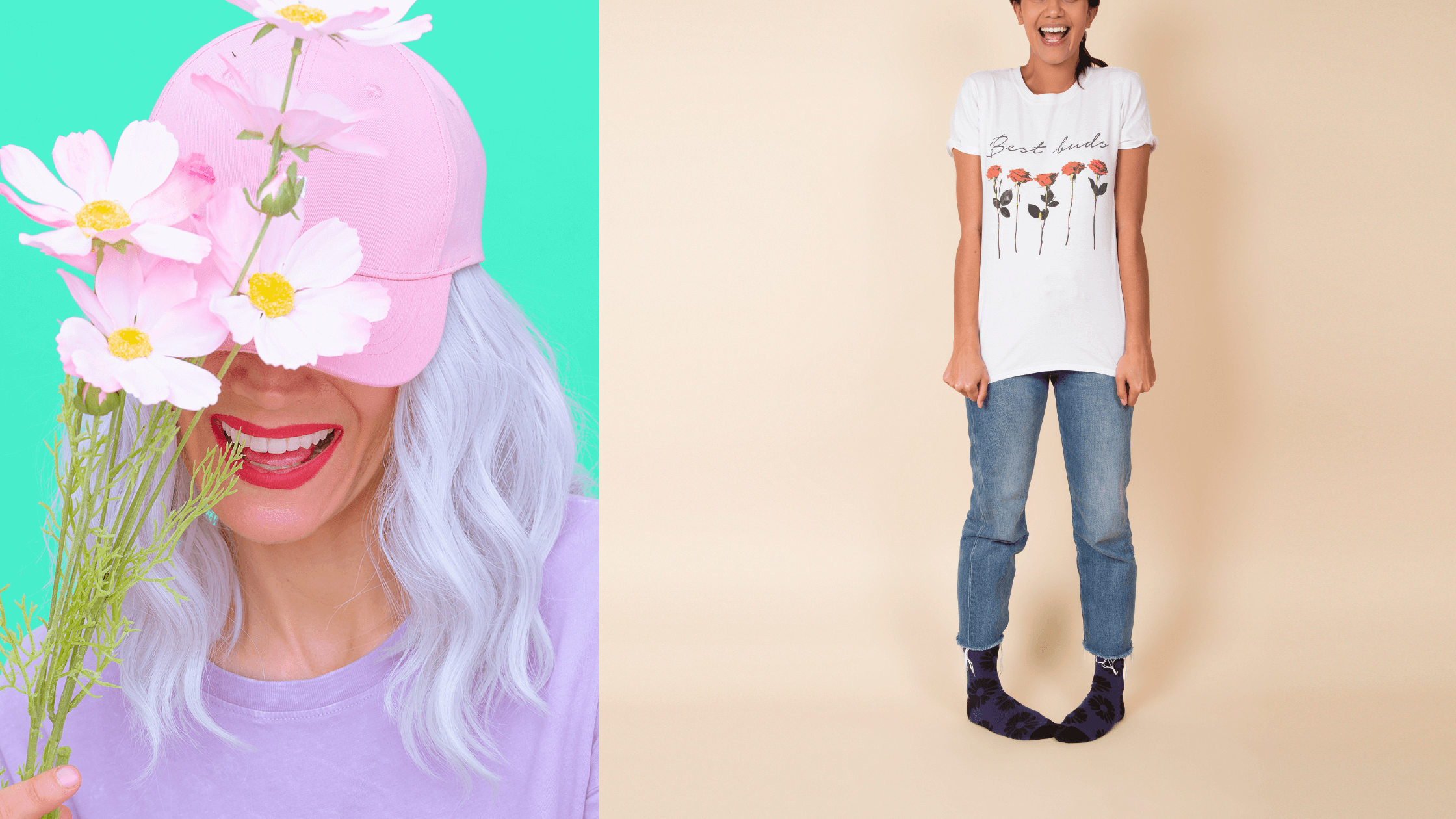
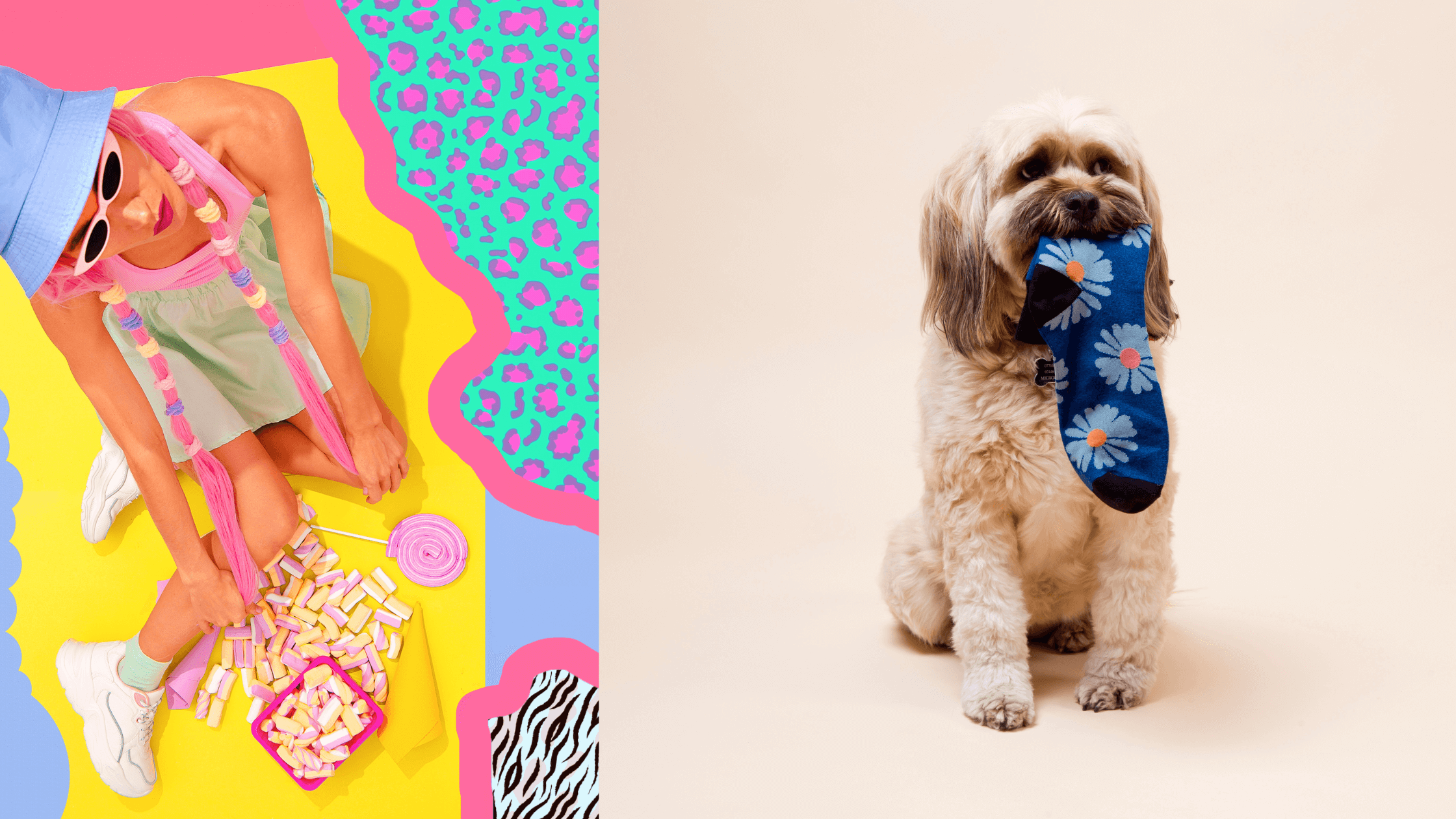






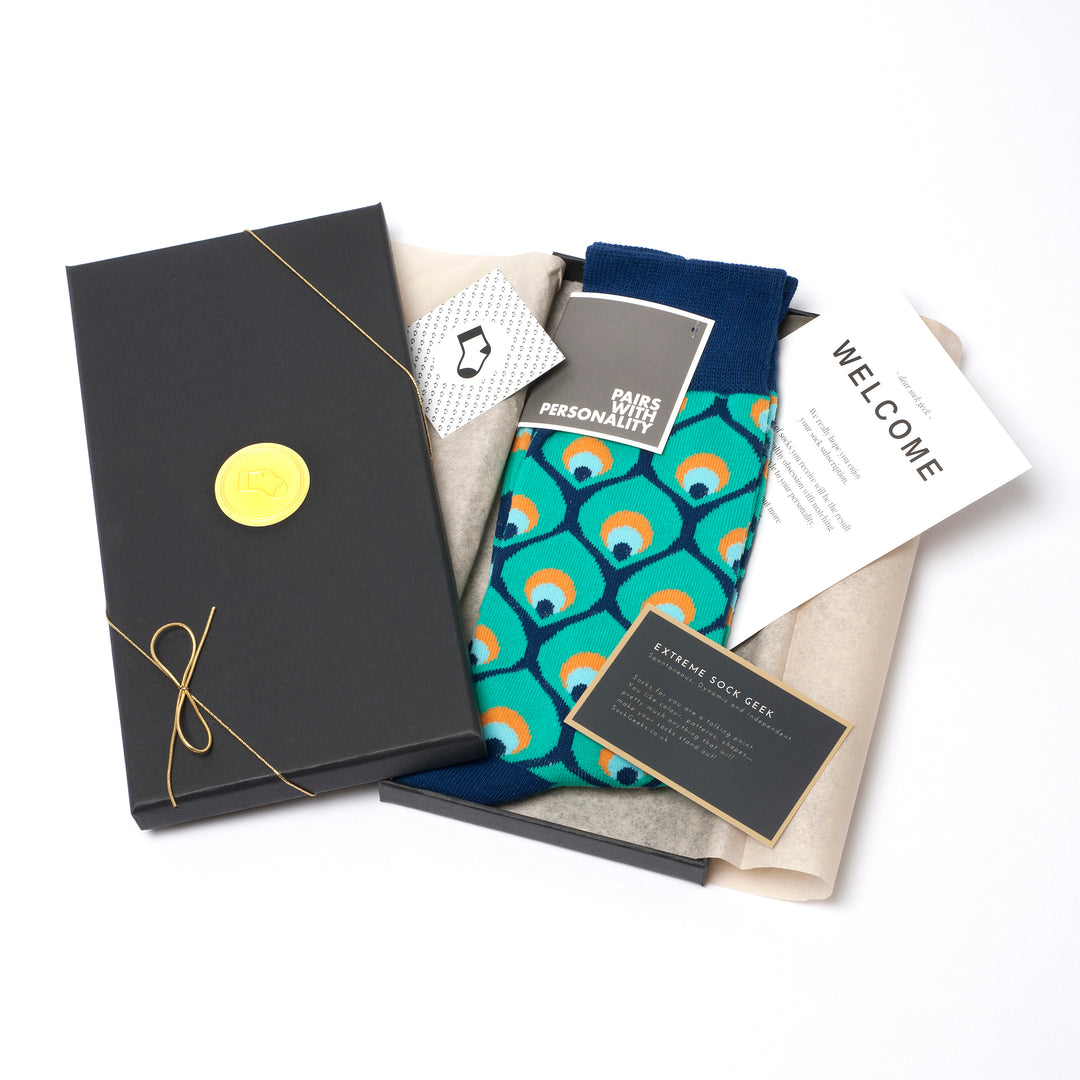

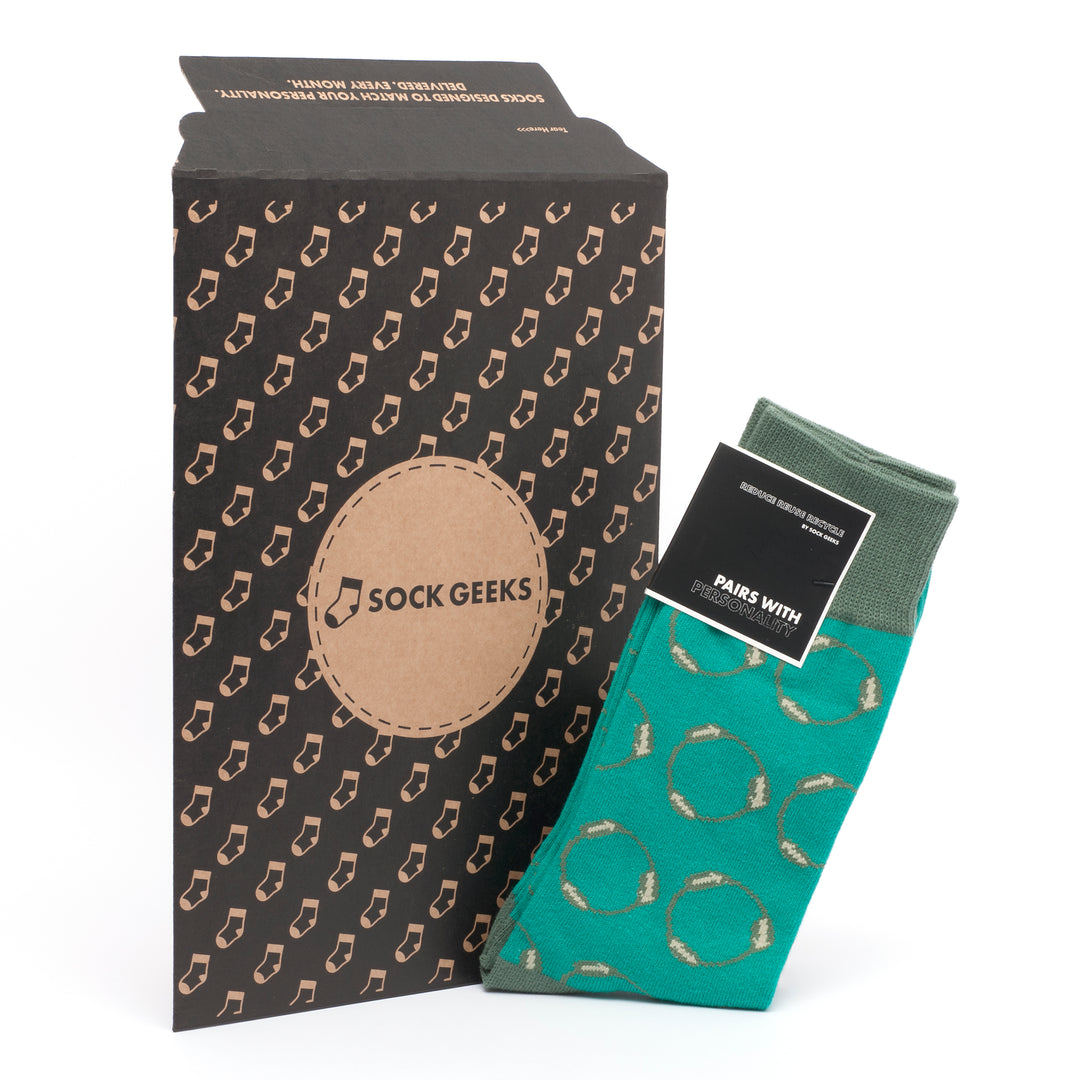
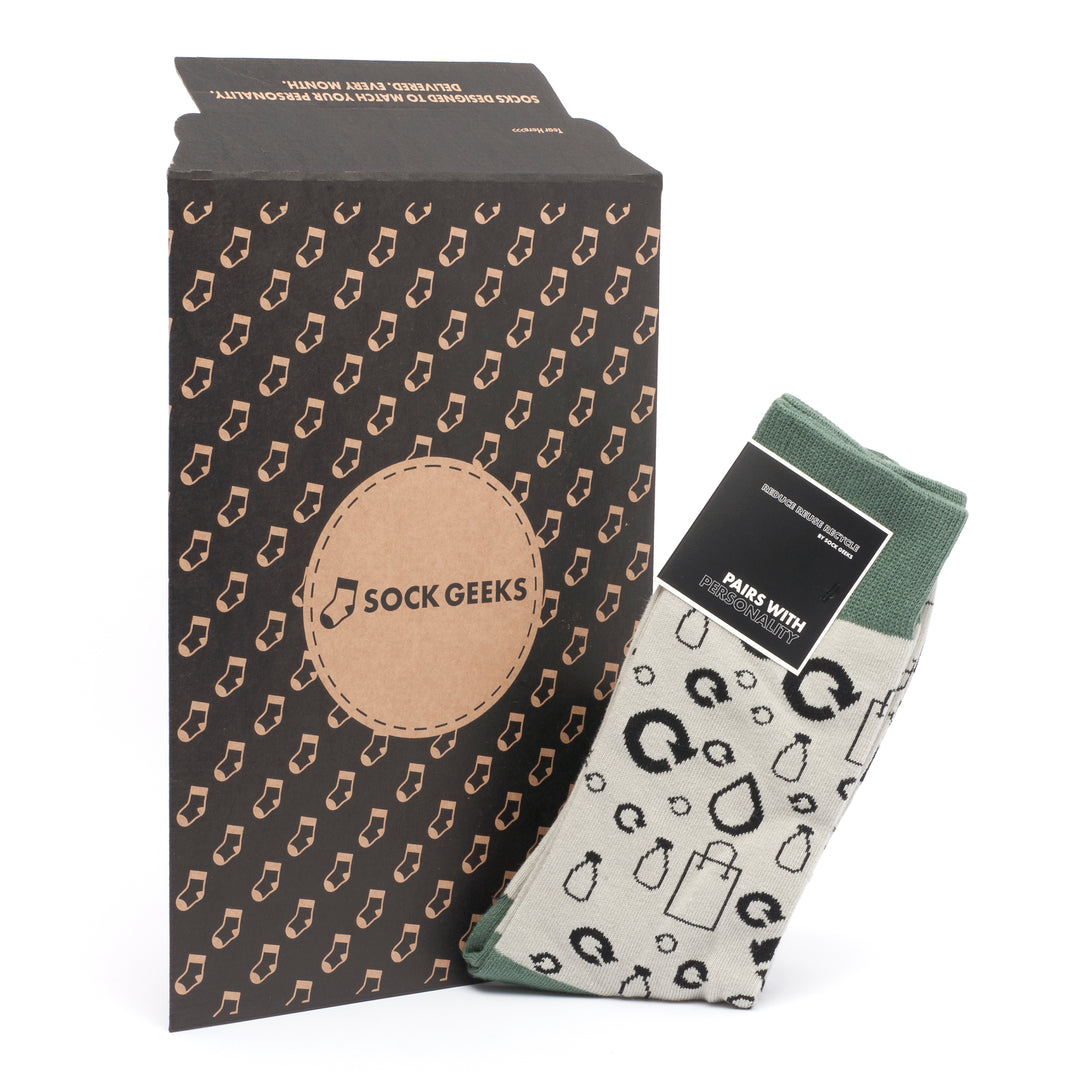



Leave a comment